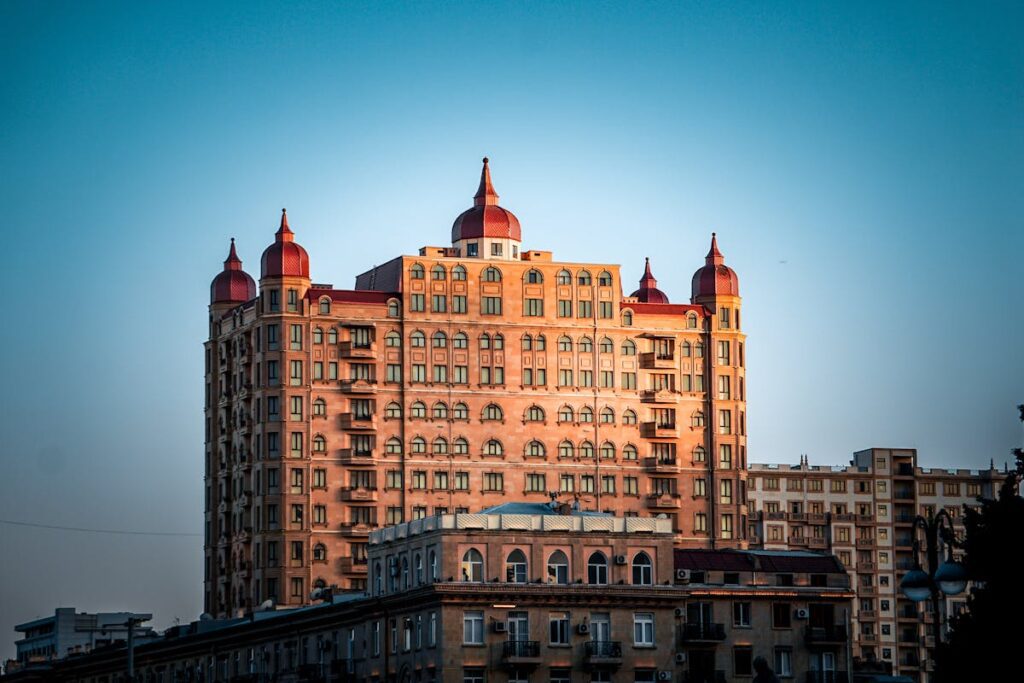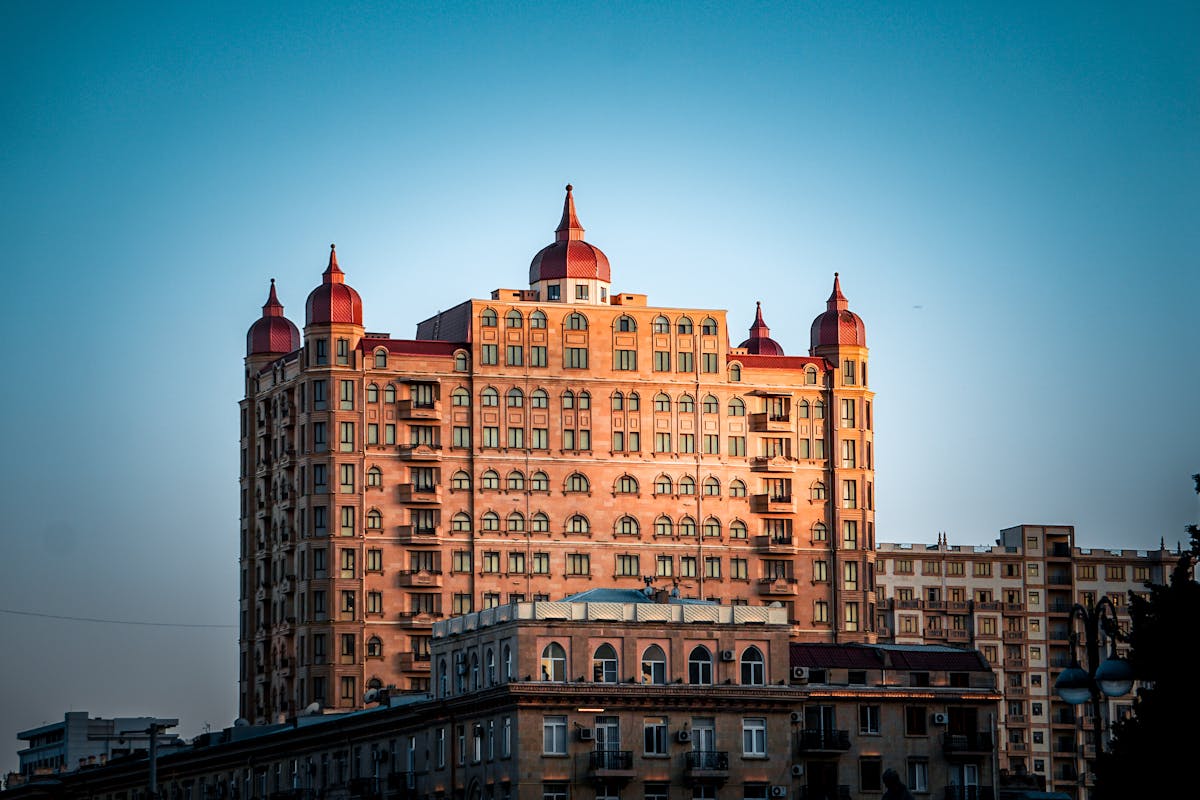
Skift Take
The Indian hotel industry is expected to grow over the next three years for several reasons: limited room supply, growing demand, better infrastructure. The demand-supply gap is a positive aspect, but could also cause issues if not carefully dealt with.
The Indian hospitality sector is set to grow at an annual rate of 10.5% over the next three years, according to the latest projections by trading services firm Axis Securities. The growth is expected to be driven by domestic travelers, foreign visitors, and the MICE (meetings, incentives, conferences and exhibitions) segment.Â
The report estimates that the hotel industry in India consists of about 212,000 rooms, with a market size of INR 820 billion ($9.76 billion).
Axis Securities highlights several factors that will contribute to the growth of the sector:
- Limited supply of rooms is expected to drive strong demand and expansion in the industry. A report by real estate services firm JLL released last month showed that the supply of operational inventory in the six markets increased by less than 1%, while demand was up 2.7%.
- Domestic travelers are likely to contribute about 50% of the growth of the industry. Meanwhile foreign tourists will account for 30% of the growth, and 20% of the growth would be driven by MICE.Â
- Enhanced road connectivity and growing railways network are also lifting demand.Â
âThese factors are expected to remain sustainable over the next three years and will significantly drive sector growth,â the report said. Tier-2 and Tier-3 cities are also boosting demand, experiencing an annual growth rate of 13%, with supply growth in these regions hovering around 10%.Â
The report, however, took a cautious and stable approach for the industry as the market size is growing faster than the rate at which industry leaders are adding new rooms. It said that even though about 18,000 rooms were added every year on average, the six leading players in the listed space only accounted for 30% of this growth.
However, hospitality executives like Accorâs Sébastien Bazin and Hyattâs Mark Hoplamazian are looking at this demand-supply gap as a positive attribute.
IHCL Launches Gateway Brand With Opening in Kerala
Indian Hotels Company (IHCL) has announced the opening of Gateway Bekal. The 151-room full-service upscale hotel is located in the southern state of Kerala. This marks the launch of the Gateway brand.
The hotel chain had announced its decision to bring back a reimagined version of Gateway in April this year. IHCL CEO and managing director Puneet Chhatwal had then said that the brand would capture growth opportunities in emerging markets in metros and Tier 2 and Tier 3 cities.
At the opening of Gateway Bekal, Chhatwal said, âThe brand roll-out commences with the opening of Gateway Bekal along with the migration of four operating hotels in Nashik, Coonoor, Madurai, and Chikmagalur. The current brand portfolio of 17 hotels will scale to 100 hotels by 2030.â
What India Needs to do to Revitalize Inbound Tourism
Despite a 44% increase in foreign arrivals in 2023, India has not fully recovered to 2019 levels, which is not even close to the countryâs true potential in tourism. In the latest episode of Skift India Travel Podcast, my colleague Peden Doma Bhutia spoke to Dipak Deva, managing director of Travel Corporation India about the challenges and opportunities shaping the future of inbound tourism.
Lack of effective promotion by the Ministry of Tourism is the primary factor holding back inbound tourism, according to Deva. He stressed the need for a well-thought-out strategy and significant budget for global promotion to capitalize on current opportunities.
Apart from this, reports on crimes against women have negatively impacted Indiaâs image as a tourist destination, along with inadequate data collection and overemphasis on traditional cultural tourism. He also advocated for expanding Indiaâs appeal to younger, high-spending travelers and promoting the country as more than just a once-in-a-lifetime destination.
Air India Launched New AI-Powered Baggage Tracking Tool
Full-service carrier Air India has launched an AI-based baggage tracking tool called âAEYE Visionâ on its mobile app. The tool is meant to allow passengers to track their checked-in baggage by scanning their baggage tags. With this tool, users can expect to know when their bags are loaded, unloaded, and ready for pick-up at the baggage claim.
The feature aims to address complaints related to baggage handling. Earlier this year, tech entrepreneur Pieter Levels created a website called luggagelosers.com after his girlfriendâs luggage was misplaced by a Spanish low-cost airline. When this website was launched at June-end, Air India topped the list for being the most probable to lose luggage. Currently, the airline is placed seventh.
As part of this new tool, the airline is also planning to launch additional features like baggage dimension checks, passport scanning, image-based destination searches, and augmented reality destination details soon.
Saudi Tourism Launches Integrated Consumer Campaign
Saudi Arabia has launched âSpectacular Saudiâ, its first integrated consumer campaign aimed specifically at Indian travelers. The campaign is being rolled out across India in English through different channels, including social media, digital platforms, television, and online travel agencies (OTAs).
Saudi Tourism Authority has also collaborated with 12 trade partners. Through these partnerships, the country is introducing exclusive packages tailored specifically for the Indian market.
As part of its tourism strategy, Saudi is looking to make India its number one source market by 2030. Over the next seven years, it aims to attract 7.5 million Indian visitors.
Indian Travelers Have No Off Season: MakeMyTrip Report
Indian travelers are planning leisure international trips throughout the year, a new travel trend report by online travel company MakeMyTrip says. The companyâs travel data between June 2023 and May 2024 shows that the interest in international travel remained more or less consistent throughout the year.
The report added that more Indians are taking up international travel: the OTA witnessed a 32% increase in people taking two or more trips in a year.
Earlier this year, a Skyscanner report said that Indians have budgeted more for travel in 2024. It said that 63% of Indians were planning to spend more on travel this year, the highest of any country.
The platform also recorded a 10% increase in searches for business class flight travel, with most searches being for long-haul destinations including the U.S., the UK, Canada, Australia, and Indonesia.

